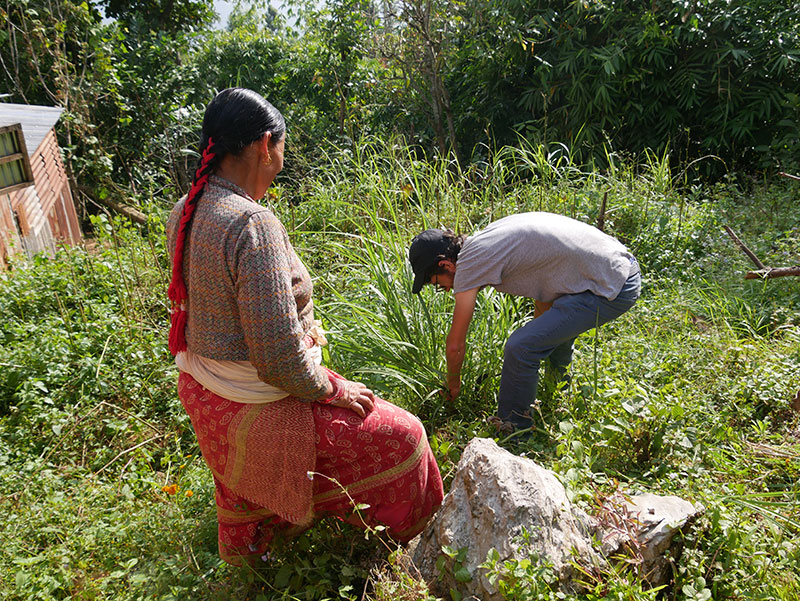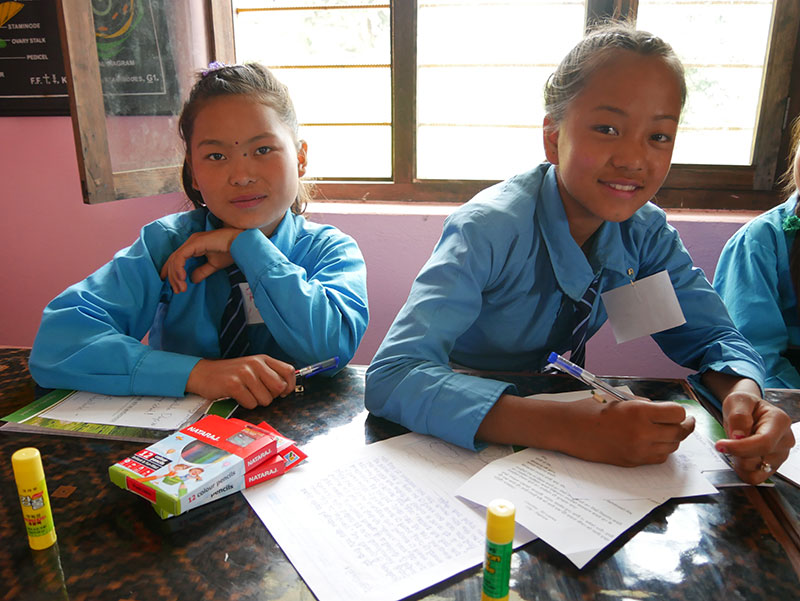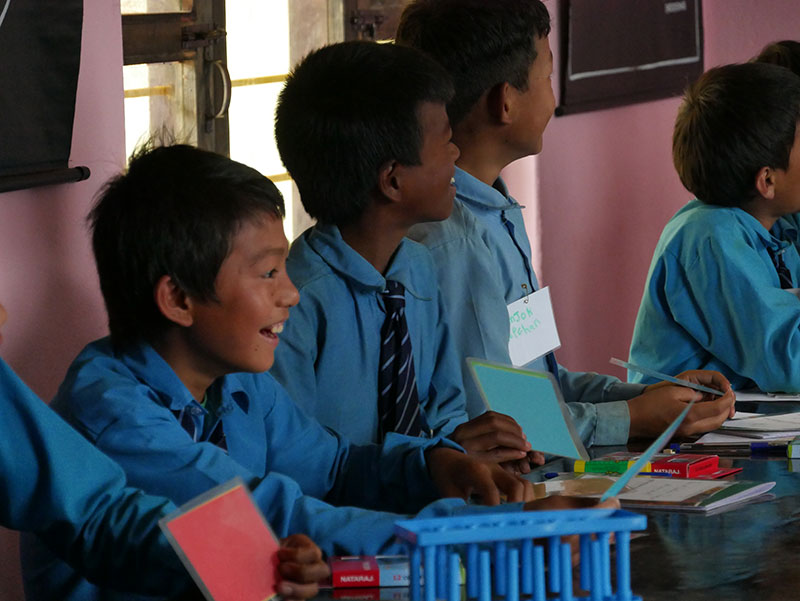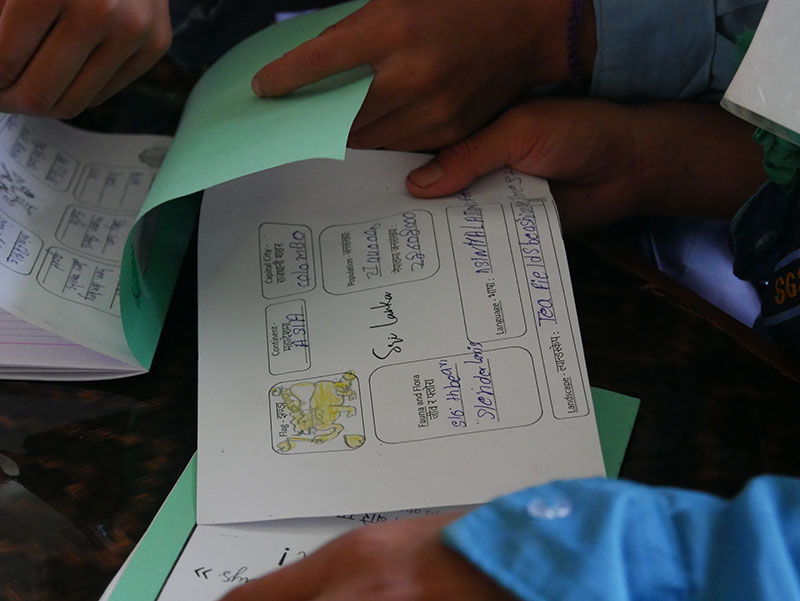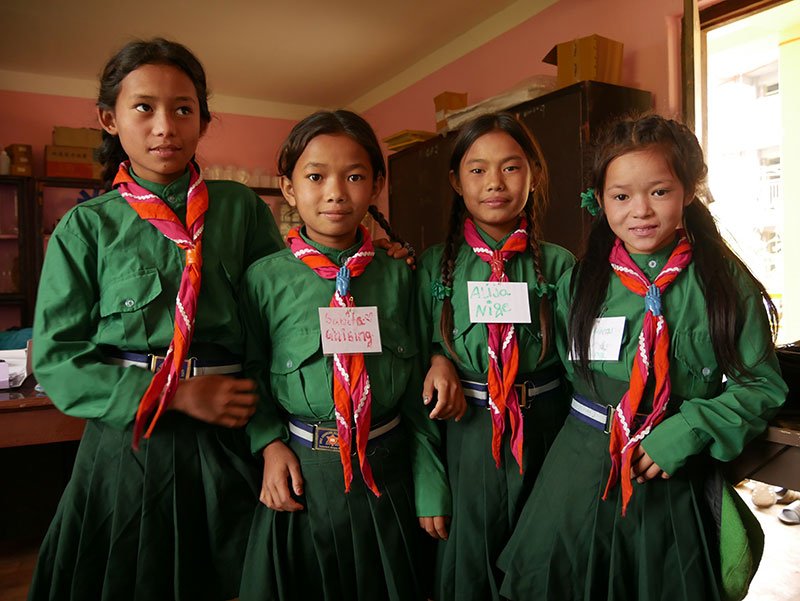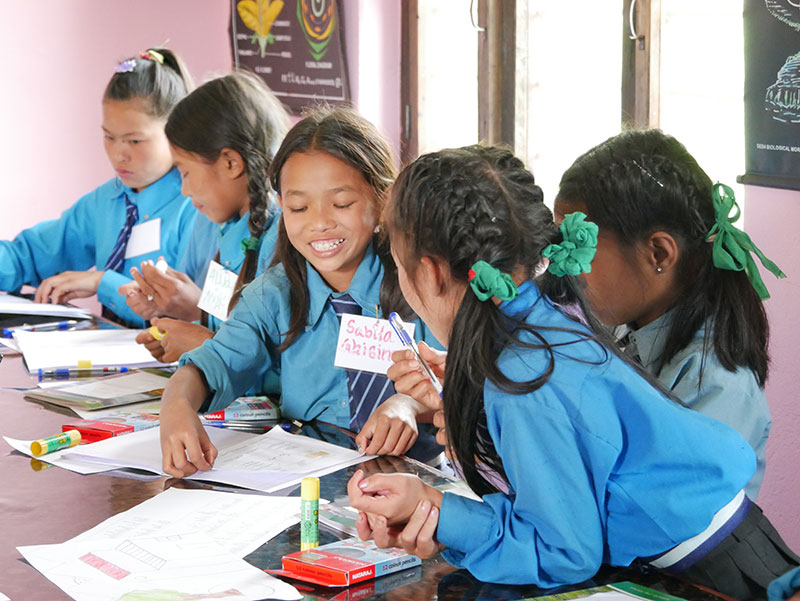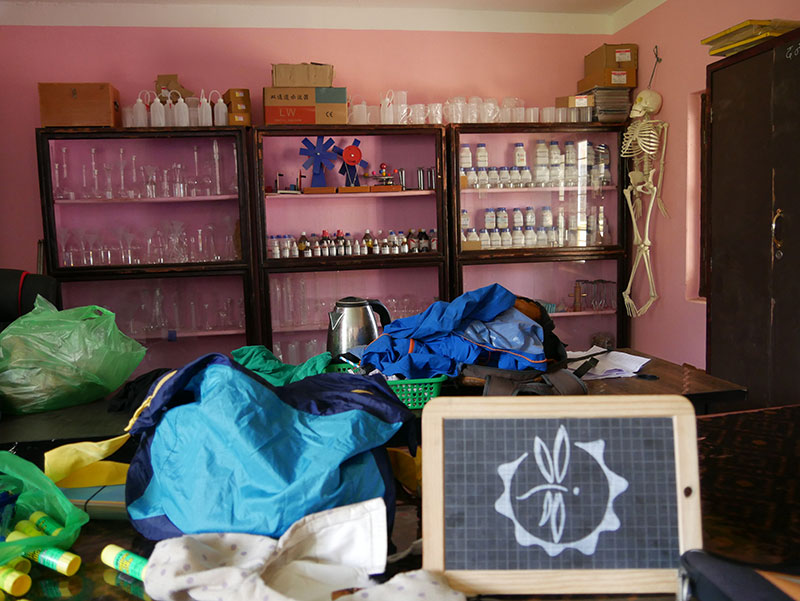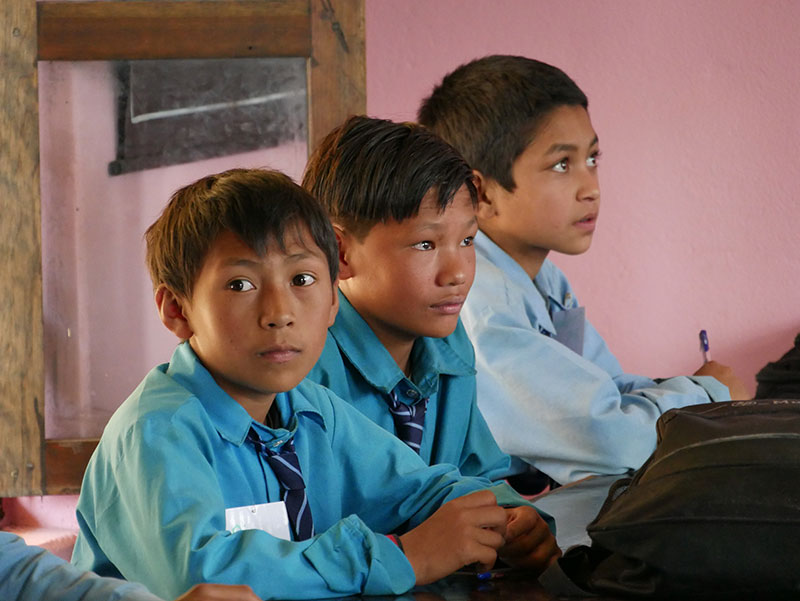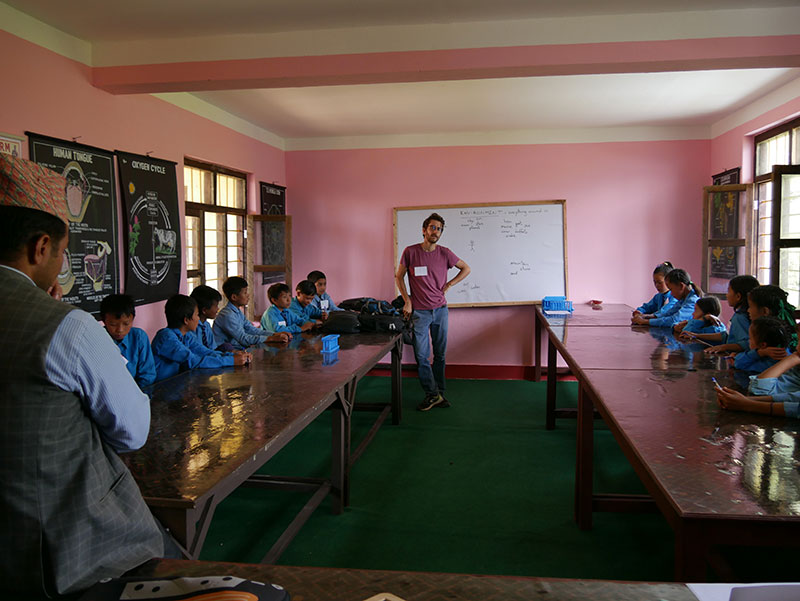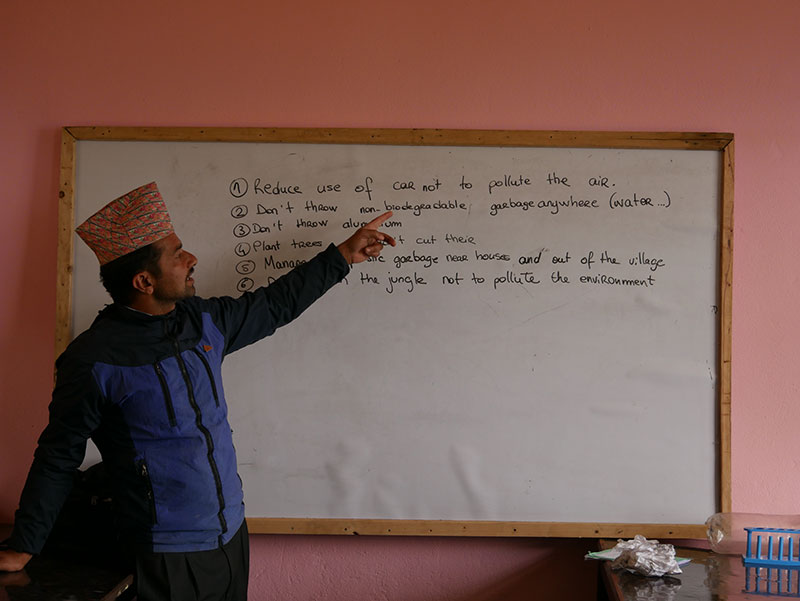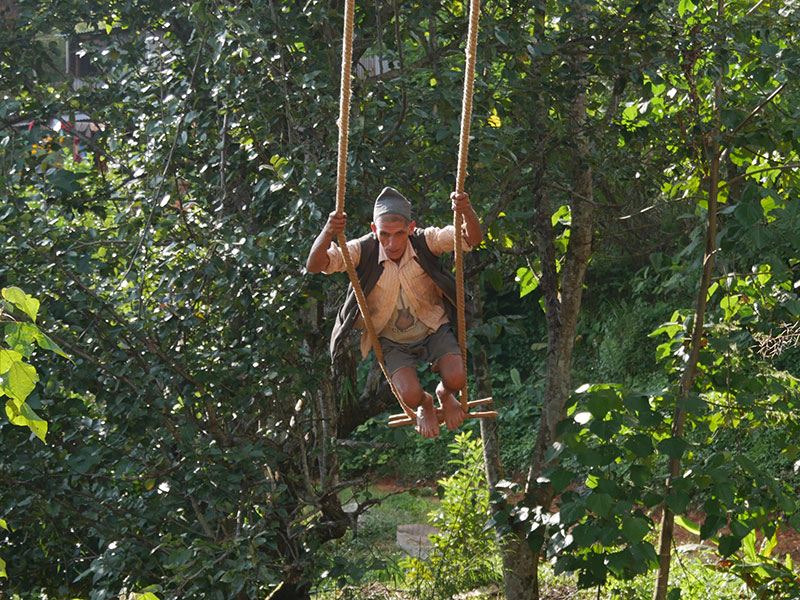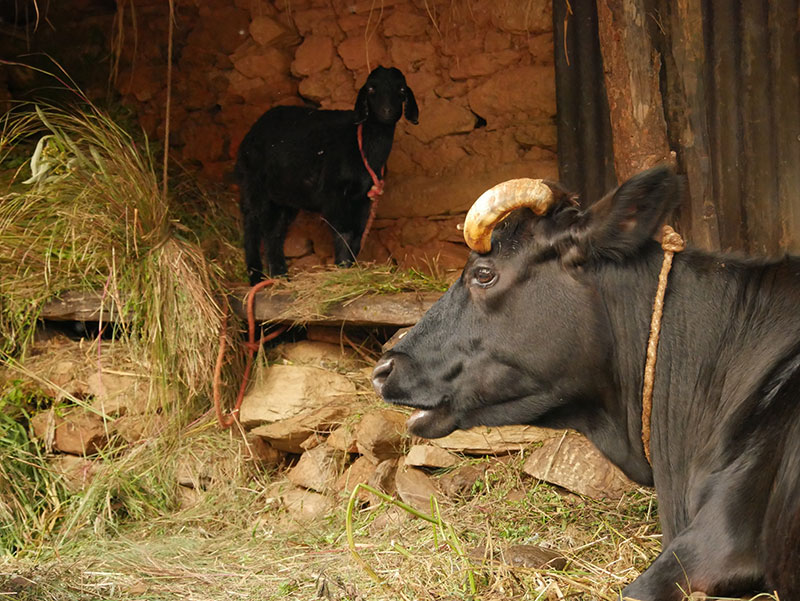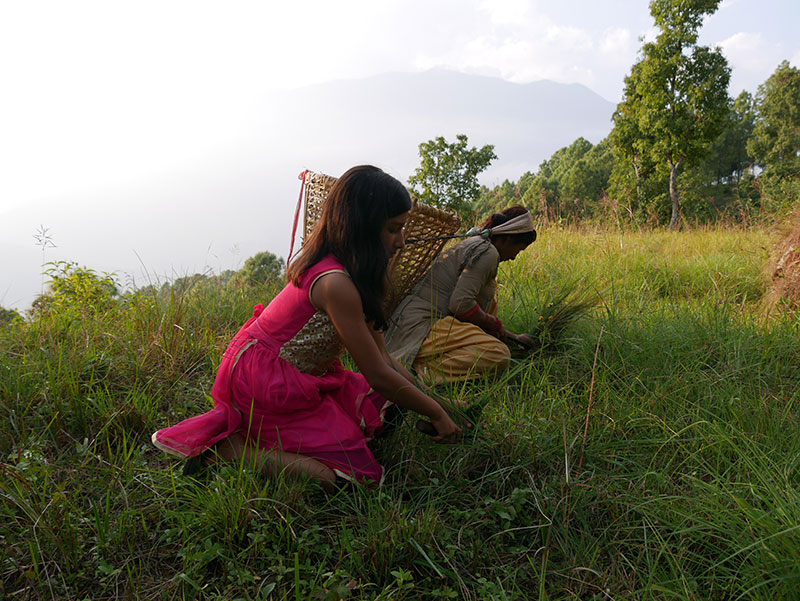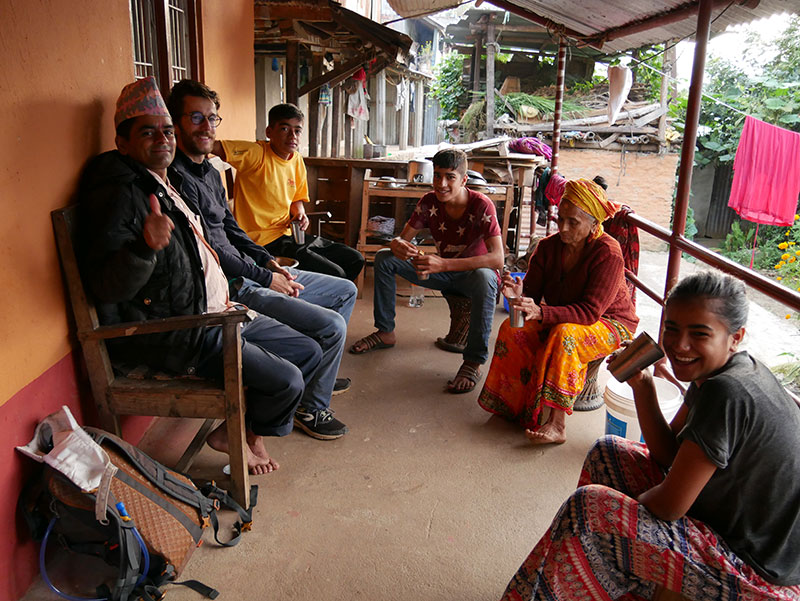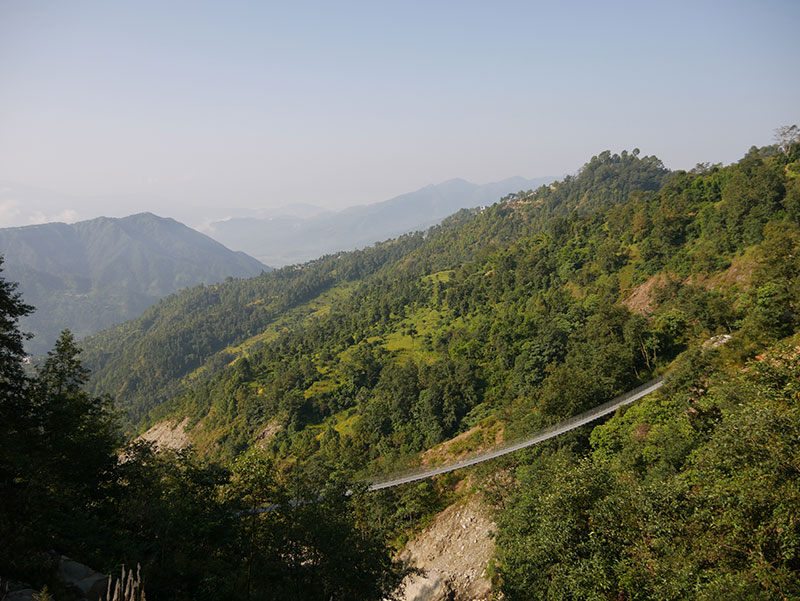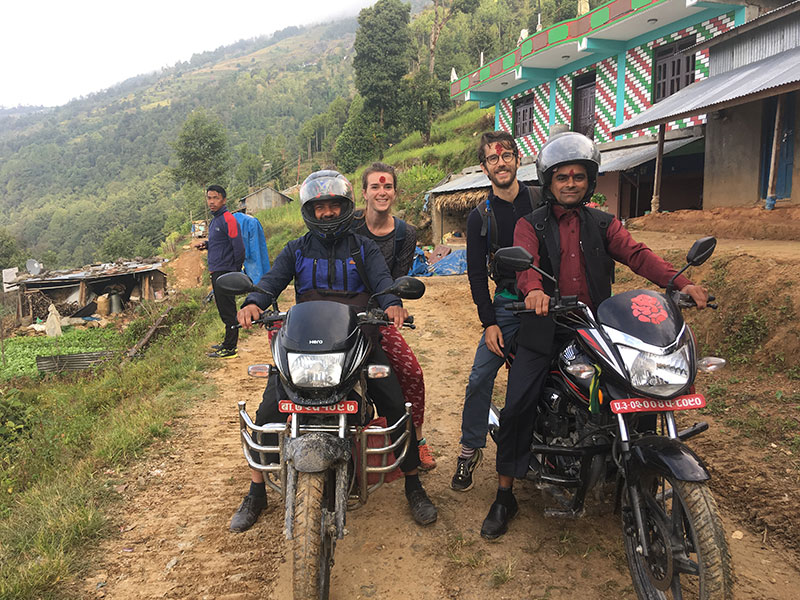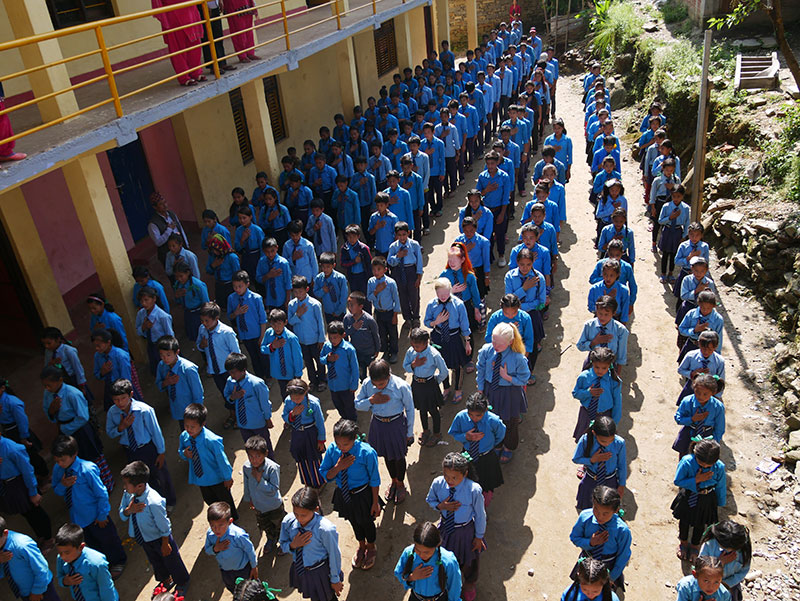Summary
Organizing our workshops in the Jibjibe school, isolated in the Himalayan highlands, this project seemed surreal to us but turned out to be extremely simple. The contact with the school was very similar to that of the Kathmandu school, i.e. very opaque to our understanding.
After a few messages exchanged with Gagan (a German friend's Nepalese friend!), an interview lasting a few minutes and a phone call of about 30 seconds, things seem to have been recorded. We are expected at the school on October 17 and 18, an English teacher will be our interpreter and we will be accommodated with a local family...that's it!
We who like to prepare workshops with teachers beforehand, obtain authorizations concerning image rights or review the material in the classrooms, we feel a little confused.
And finally, everything is going perfectly! We call the number given by Gagan without really knowing who is on the other end of the line. Between English with a Nepalese accent and the poor quality telephone line, we understand at least the name of a bus stop. The next day, after a 4-hour bus ride to Kalikashtan village, we walk a kilometre with our suitcases on our heads, then a group of children drive us to Gunaraj's house, the English and computer teacher and will be our interpreter. Besides, he's offering us to stay at his place, an offer we'll accept. His children take us to the swing built for Dashain, the great Hindu festival. His neighbours show us how to cut the grass with a hatchet. His wife cooks dinner, simple but delicious, we are welcomed like kings.
The next day, it will take us 2 hours to get to school between walking and motorcycling!
The Shree Gusaikunda School in Jibjibe is a 2-storey L-shaped building, and teaches from primary to secondary school. There are about forty students in the classes, but the director, keen to offer us the best conditions, brought 20 students (10 boys, 10 girls) together in the science laboratory for our workshops.
4 things surprised us:
- The girls settle on one side of the room, the boys on the other. This practice is encouraged by the teaching staff.
- Students ask permission to enter, and leave their shoes outside this room filled with chemicals.
- At the bottom of the room, 3 cabinets are filled with scientific equipment: oscilloscopes, chemicals, erlenmeyers, multimeters, solar system model,... all still in their packaging.
- In the courtyard, a building is under construction, the site is not delimited, the workers work during recess and it is necessary to pass under the bamboo scaffolding to enter the school.
We are dealing with disciplined and attentive students, despite a low level of English for the most part. We are surprised to see that the students have few ideas to describe their environment, whereas the day before, the children of the village had named us and designated a large number of plants, edible roots, fruit trees,...
Not surprisingly, knowledge of geography is very limited. Few families have television, students rarely leave their villages, and have few landmarks other than those in their immediate surroundings. Nevertheless, the workshops will stimulate their curiosity and we will be pleased to see that they understand and retain the main concepts.
As in all the classes visited since the beginning of the project, the students know that trees produce oxygen. They also have a vague idea that you shouldn't throw your waste on the ground, without understanding the consequences and identifying plastic as a danger.
Do you think that the children of this village are very far from the idea of protecting the environment, ecosystems and biodiversity? Quite the contrary. Every family lives here practically self-sufficient. Each household has a small piece of land to grow rice, squash, millet, fruit trees, for its own consumption. A cow for milk and a goat almost systematically complete the families. And exchanges between brothers and sisters, uncles and nephews are common. Thus, we eat organic, local and fresh every day. The cultivation of the land is rooted in families. Here, adults and children know the plants, know how to take care of their animals and recognize the changing seasons. In the morning or evening, everyone goes for an hour's walk to be healthy. A life considered today, by many of our fellow citizens in France, as an ideal of decline, and meaning.
